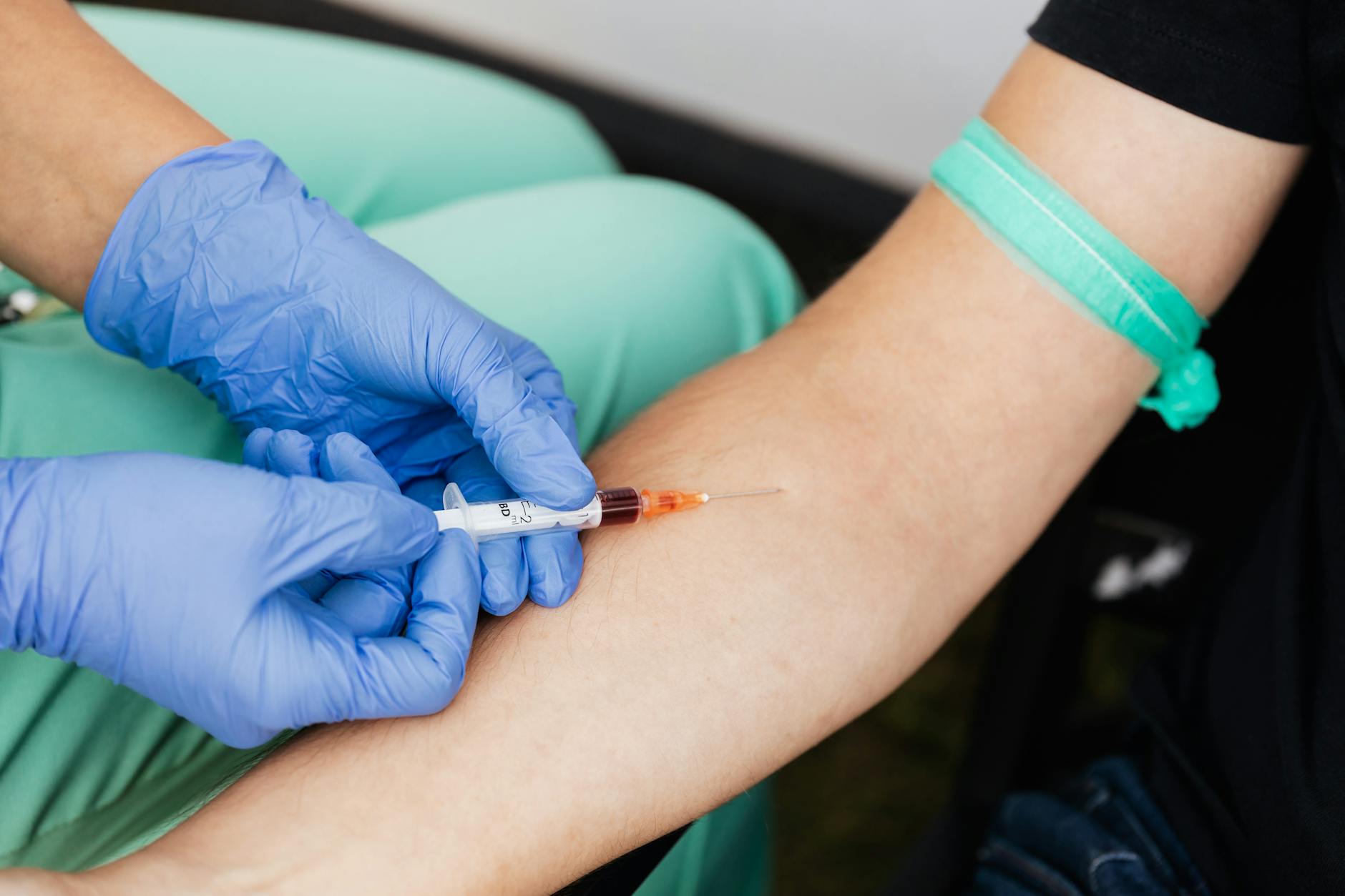
You don’t always get to choose the way it enters
You sit. They tell you it’s going to help. Maybe. Hopefully. You nod. You don’t ask how, not always. You just want the pain to slow down. Or the breath to come back. Or the body to stop its quiet fight. You hear letters—IM, IV, SC—but they don’t explain much.
They just say where it’s going. Not what it’ll do to you.
They just say where it’s going
One goes into the muscle. That one tends to ache after. It sinks deeper. Feels heavier. You brace for it. Not for the needle, but for the burn. It’s slower. More personal, somehow. Like it needs your permission again even after entering.
They call it intramuscular. You just call it the one you feel tomorrow.
You just call it the one you feel tomorrow
The one that bruised your arm last spring. The one that made you sweat even though you were cold. You didn’t know a flu shot could do that. But now you do. It stays longer. It moves slower. It works its way through you with silence and time.
You measure it in hours, not minutes.
You measure it in hours
Another one goes through the vein. That one is different. Fast. Cold. Direct. It changes you quickly. You feel it almost immediately. Like lightning through water. Sometimes it’s comforting. Other times, overwhelming. It doesn’t ask. It just flows.
That’s IV. Intravenous. The one you can’t forget.
The one you can’t forget
You remember the first time they said it would drip. And it did. Slowly. Carefully. And you watched. Every drop counted something. Every beep from the machine was a rhythm your body had to trust. You didn’t always.
But your body listened anyway.
Every beep from the machine was a rhythm
Then there’s the kind that barely breaks the skin. It lives in that quiet space under. Subcutaneous, they say. You don’t always feel it much. But it lingers. Like a whisper under your skin. Like a promise that hasn’t decided whether to keep itself or not.
It’s the softest one. But sometimes the most constant.
Like a whisper under your skin
Insulin. Allergy shots. Hormones. Small things with heavy meaning. You get them often. Not dramatic. Not urgent. Just necessary. Routine, they call it. You still feel it every time. Even if they don’t. Especially when they don’t.
You learn to carry what others forget to name.
You learn to carry what others forget
They say the route matters. Not just for speed. But for absorption. For reach. For what the medicine touches first. Muscle, blood, or under the skin. It changes everything. Where it goes shapes how it works.
And how it works shapes who you are that day.
How it works shapes who you are
Maybe you stand taller. Or speak easier. Or sleep without counting every breath. Maybe it doesn’t work. Maybe it works halfway. Maybe you won’t know until next week. That’s the hardest part—waiting without knowing what to watch for.
And pretending you’re fine in the meantime.
Waiting without knowing what to watch for
They chart it. Record it. Time it. For them, it’s a method. For you, it’s memory. You remember which route worked last time. Which one you said no to. Which one you asked for again because it made you feel like yourself for a few days.
Even if it wasn’t permanent.
Because it made you feel like yourself
There’s no best one. Just the one that works right now. Just the one your body doesn’t reject. Just the one that fits your condition, or the phase of it. Some days it’s muscle. Some days, vein. Some days, just under the skin.
Some days, nothing works and you still go back.
Some days, nothing works and you still go back
Because that’s what treatment is. Trying again. Choosing again. Hoping the route this time makes a difference. You don’t expect miracles anymore. But you still want small changes. A little less pain. A little more breath.
A little more you.
